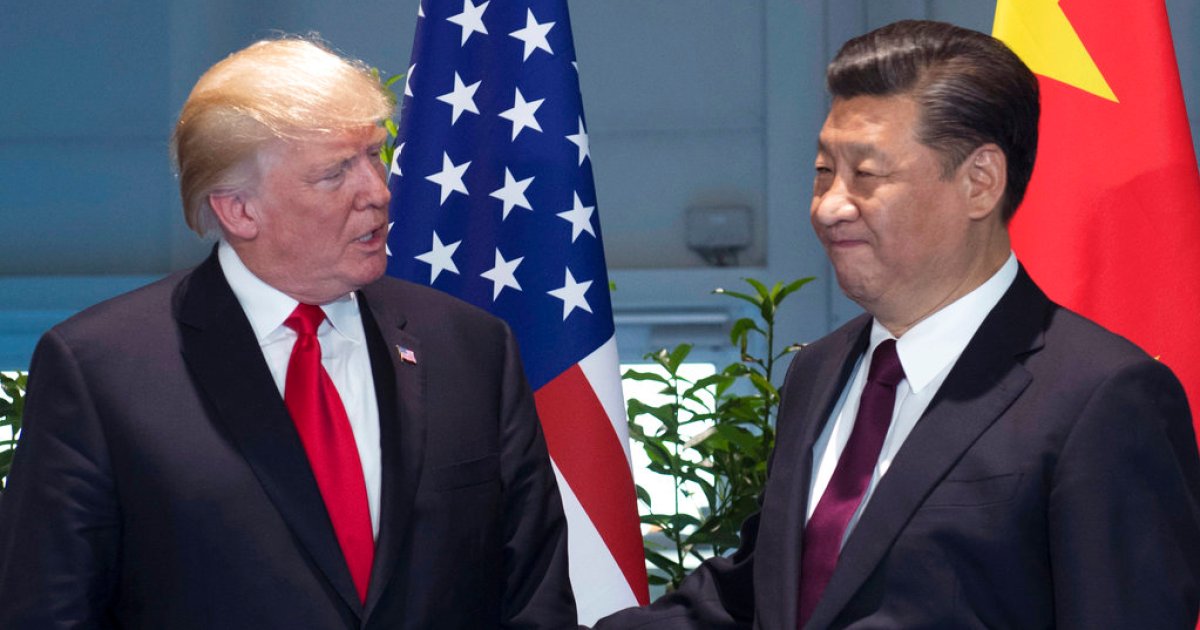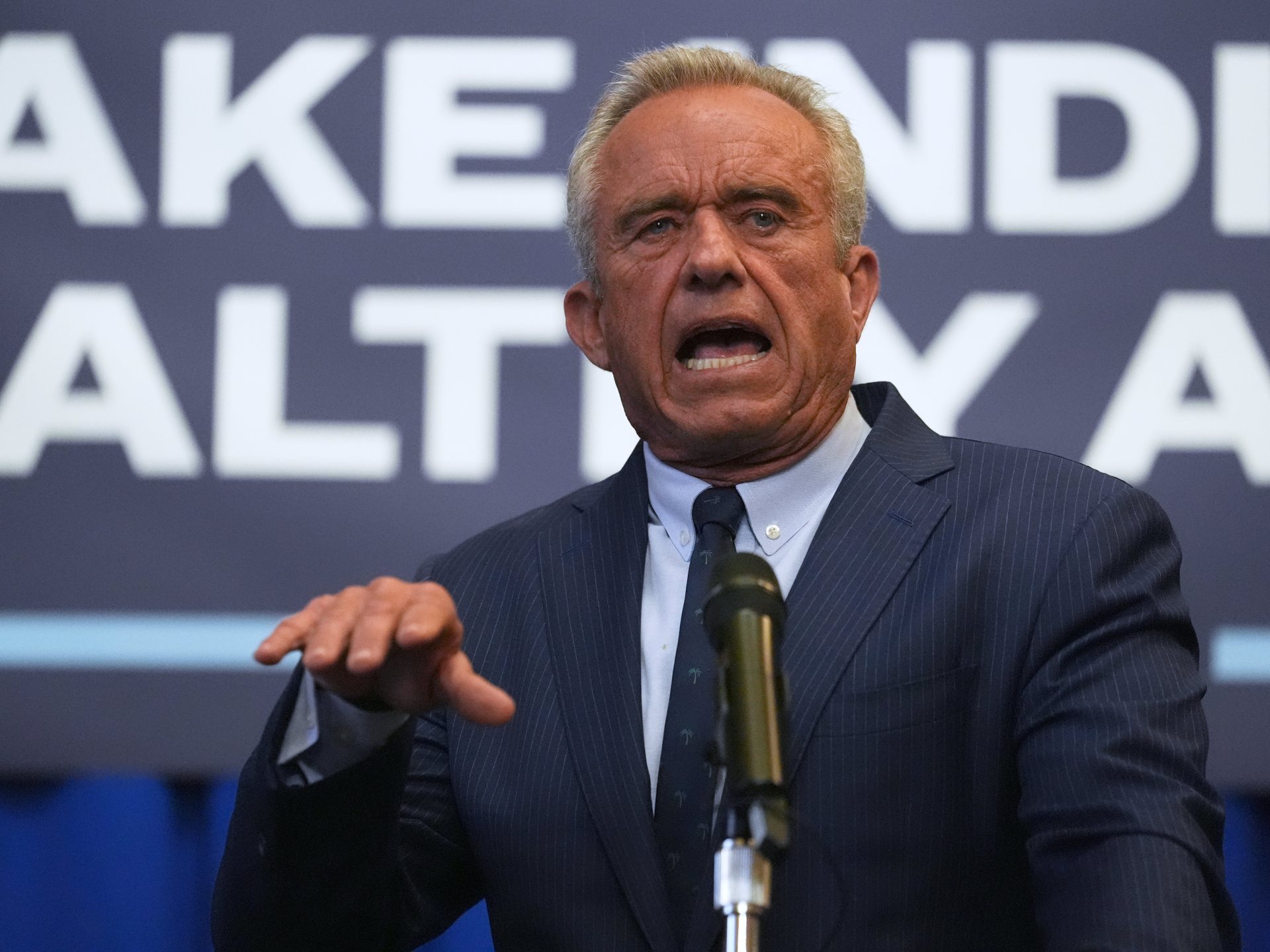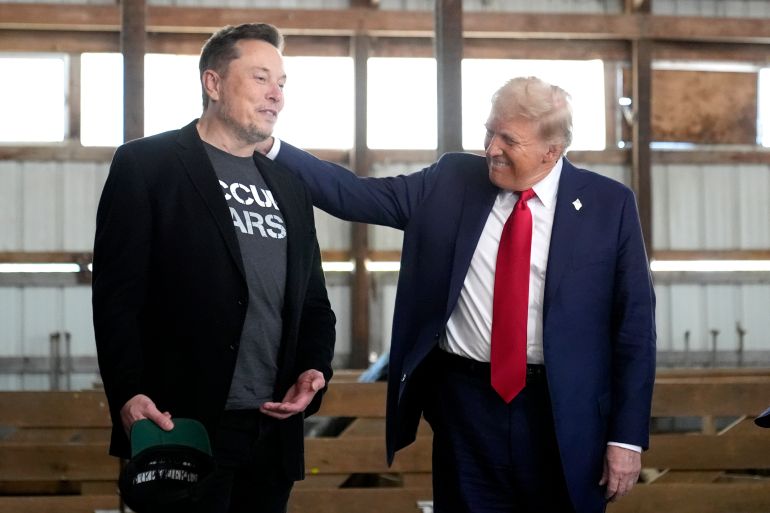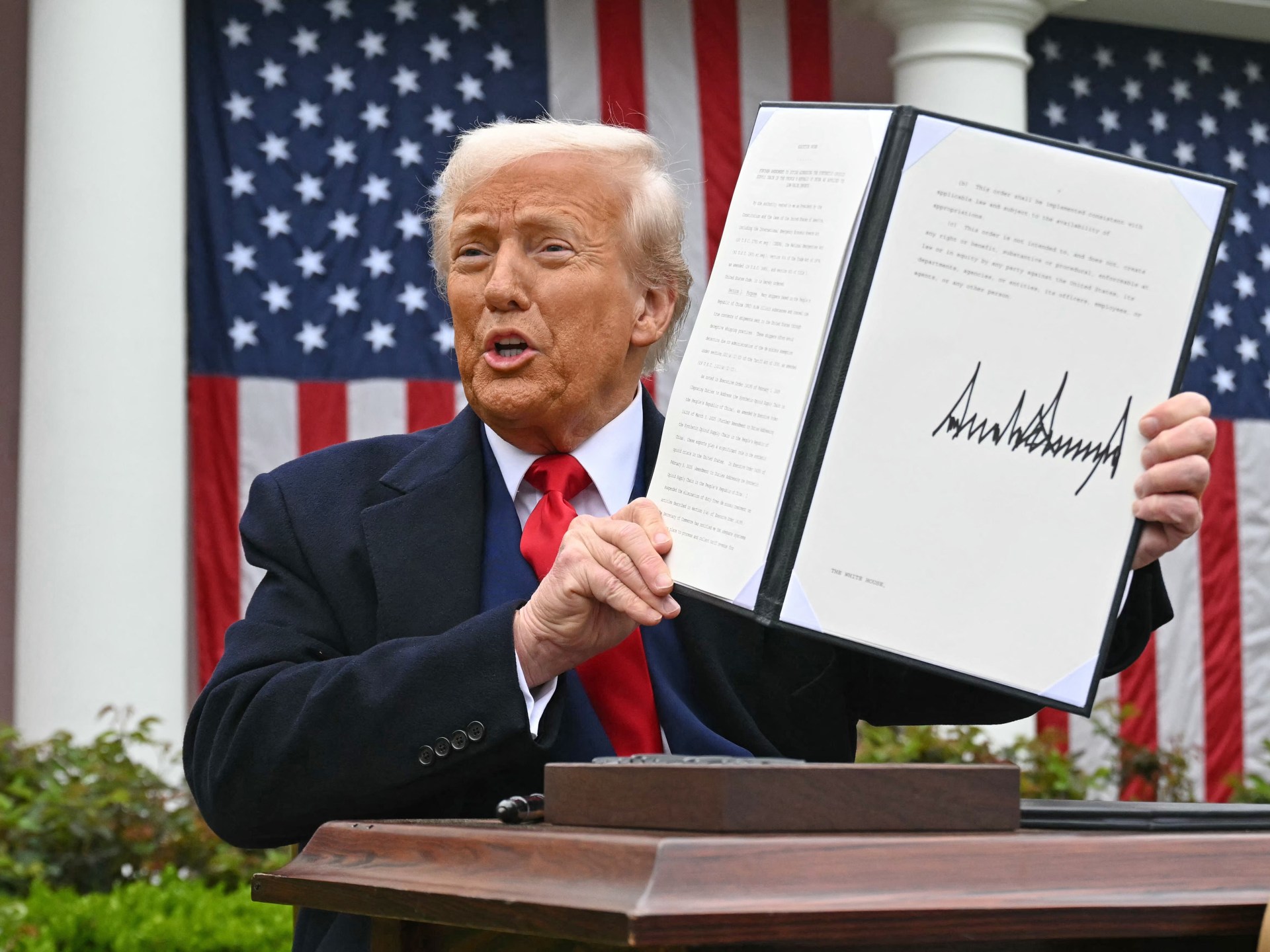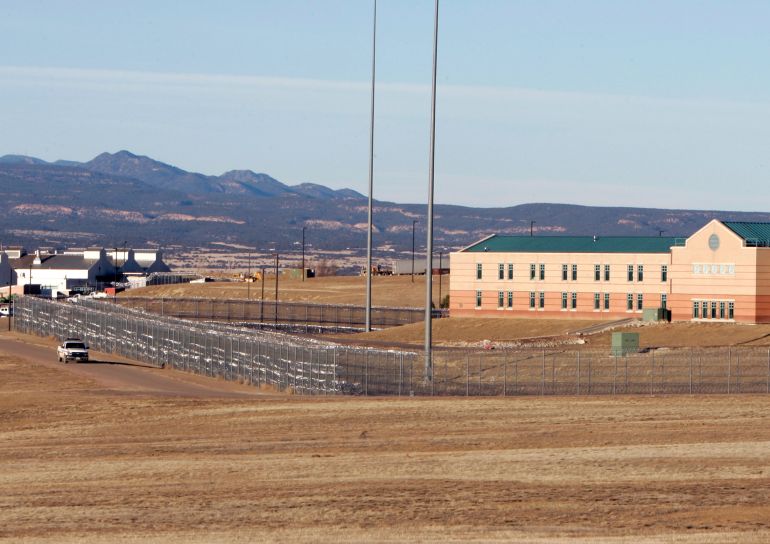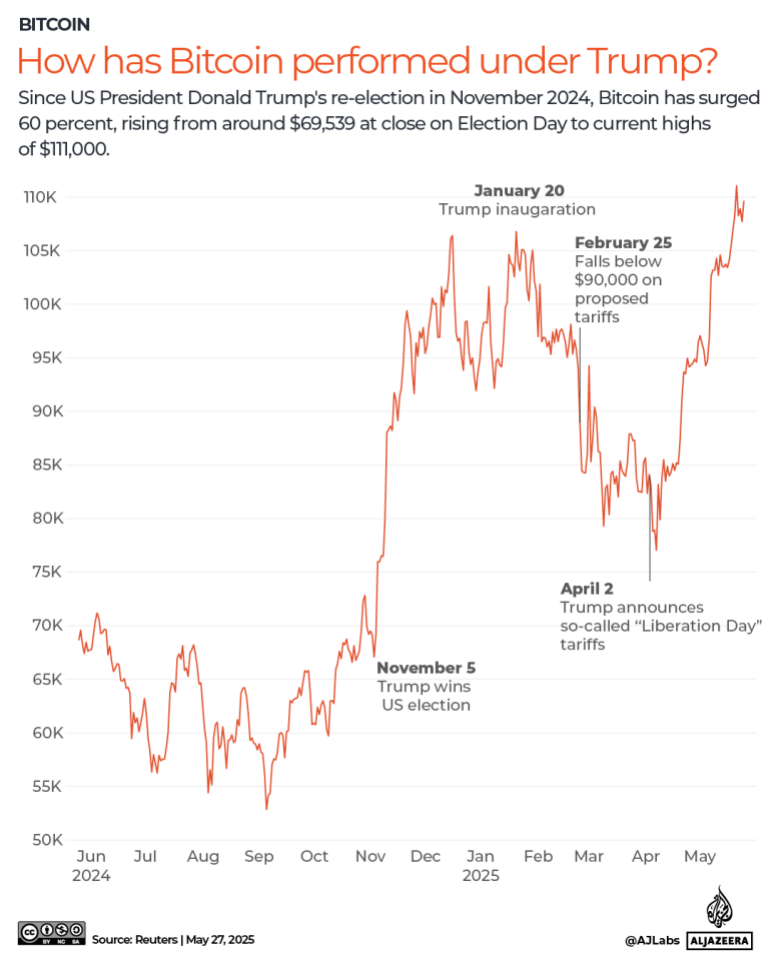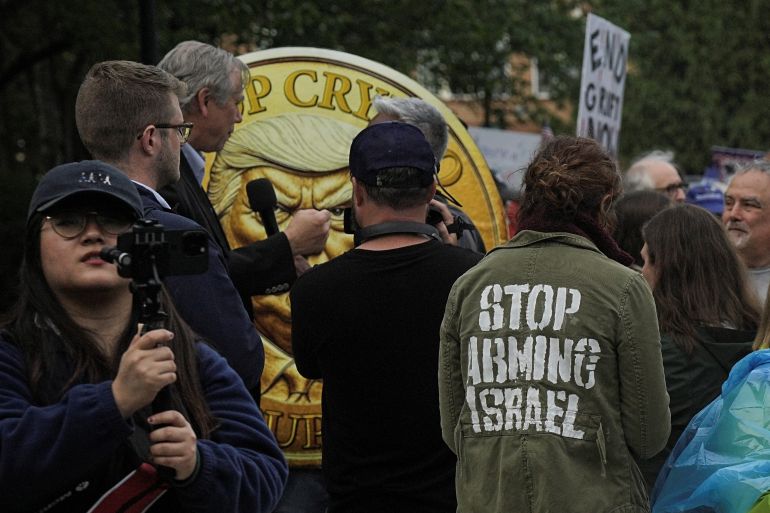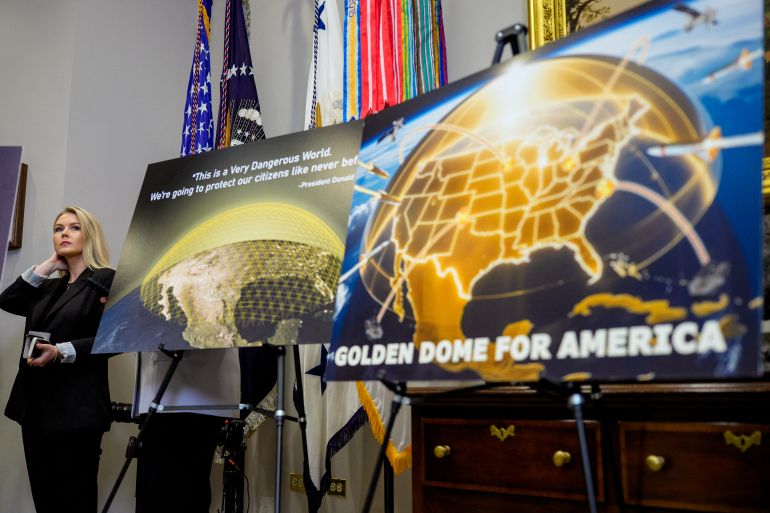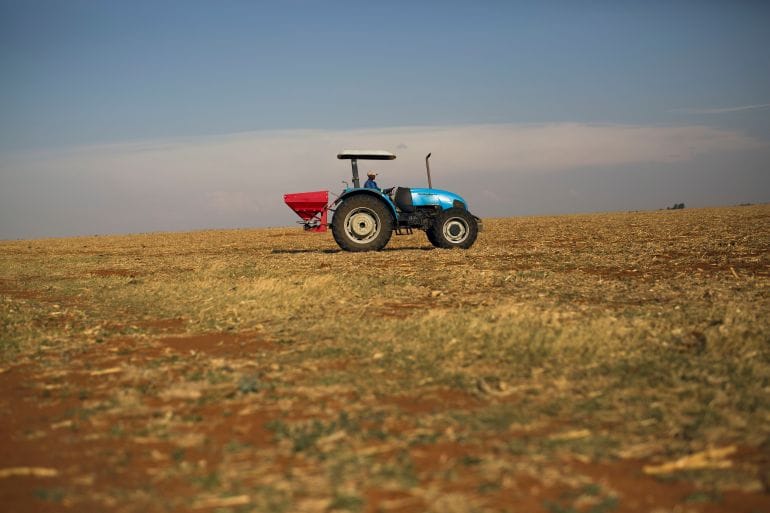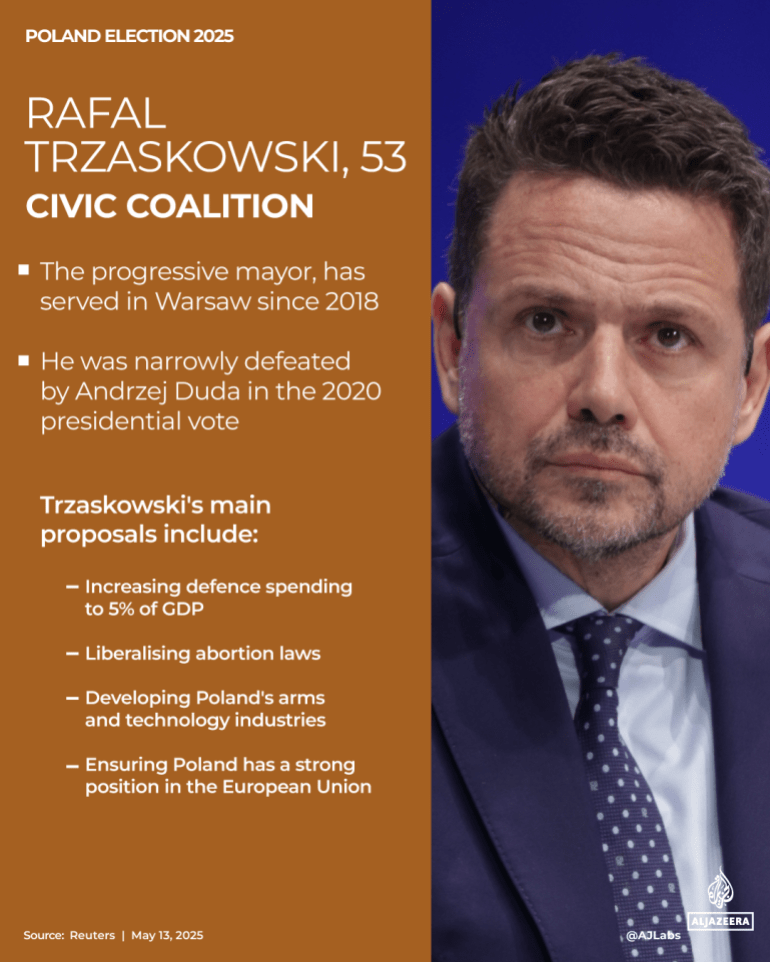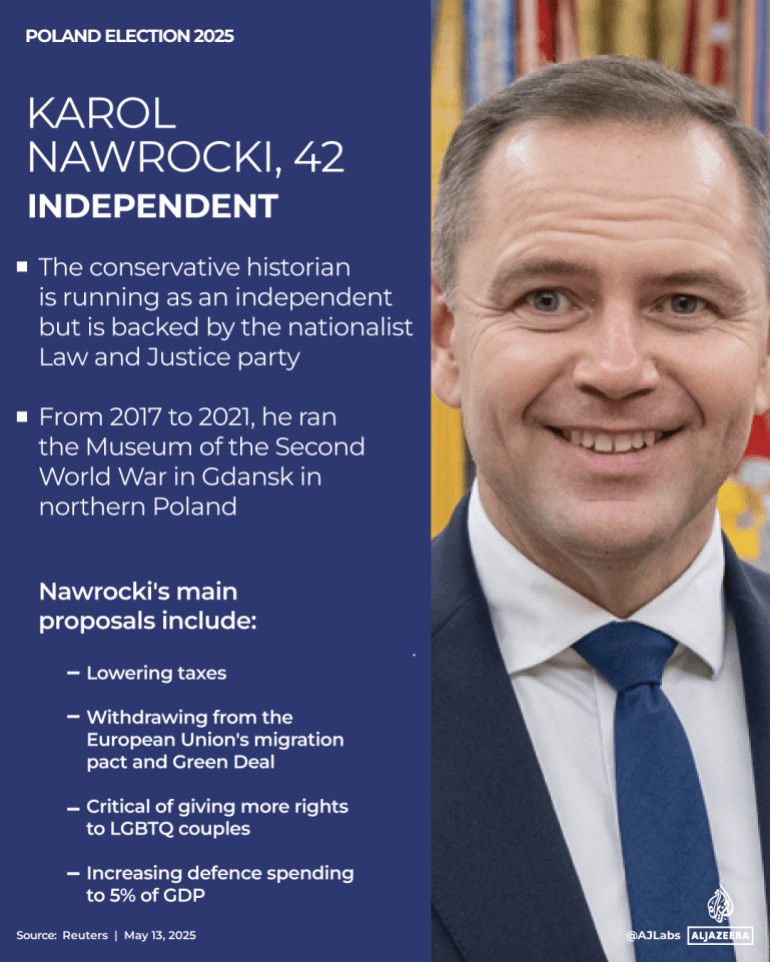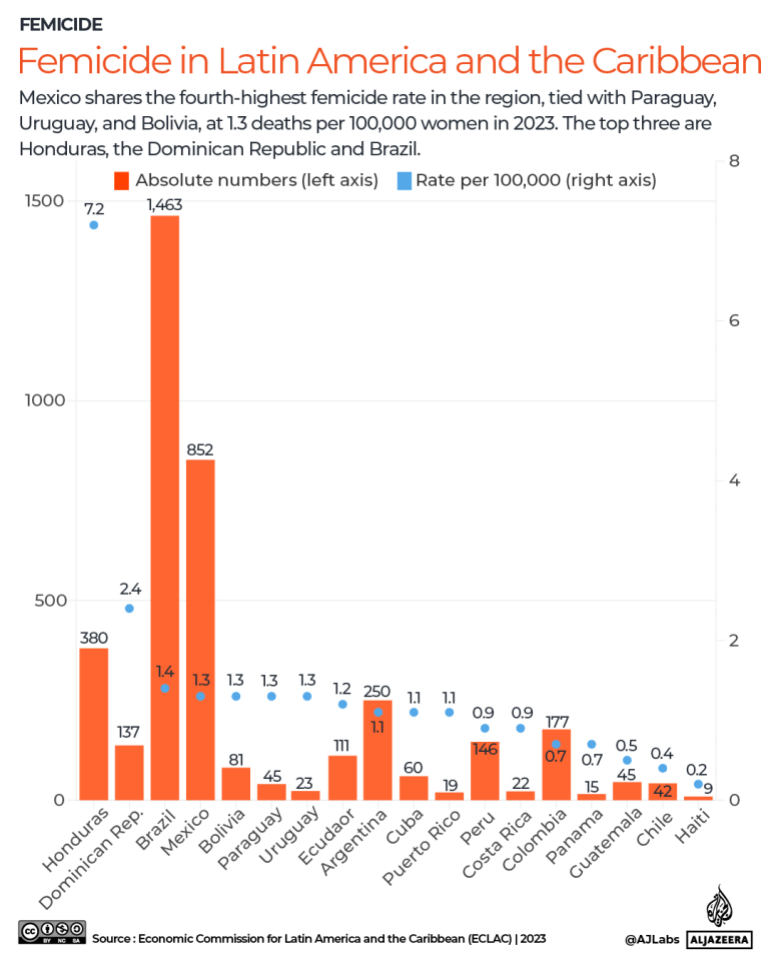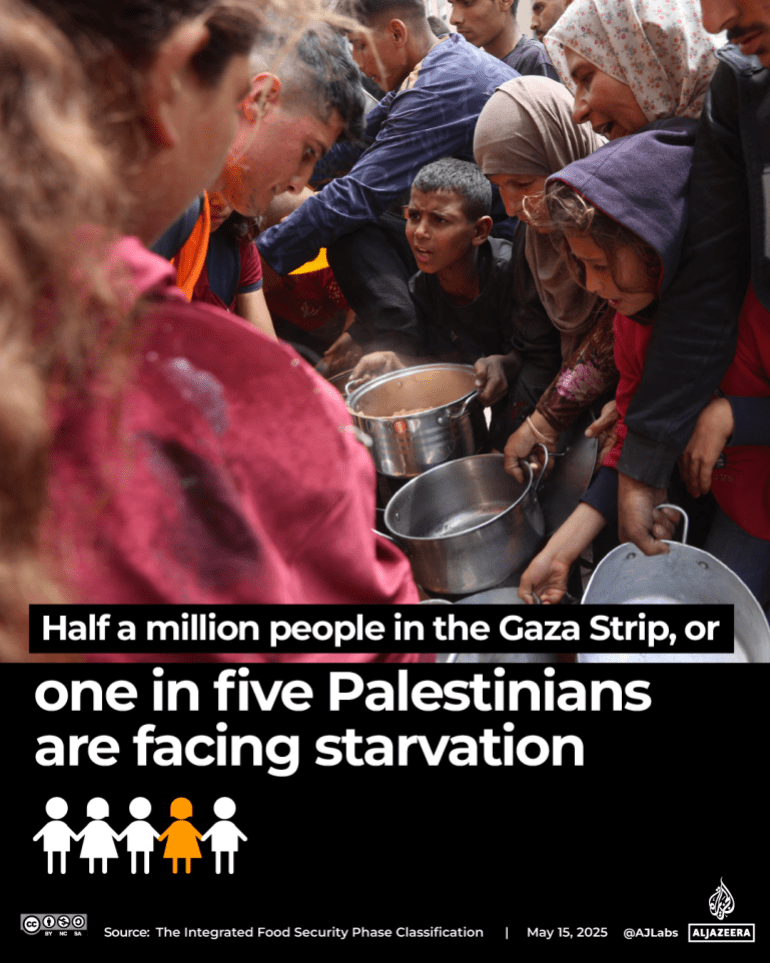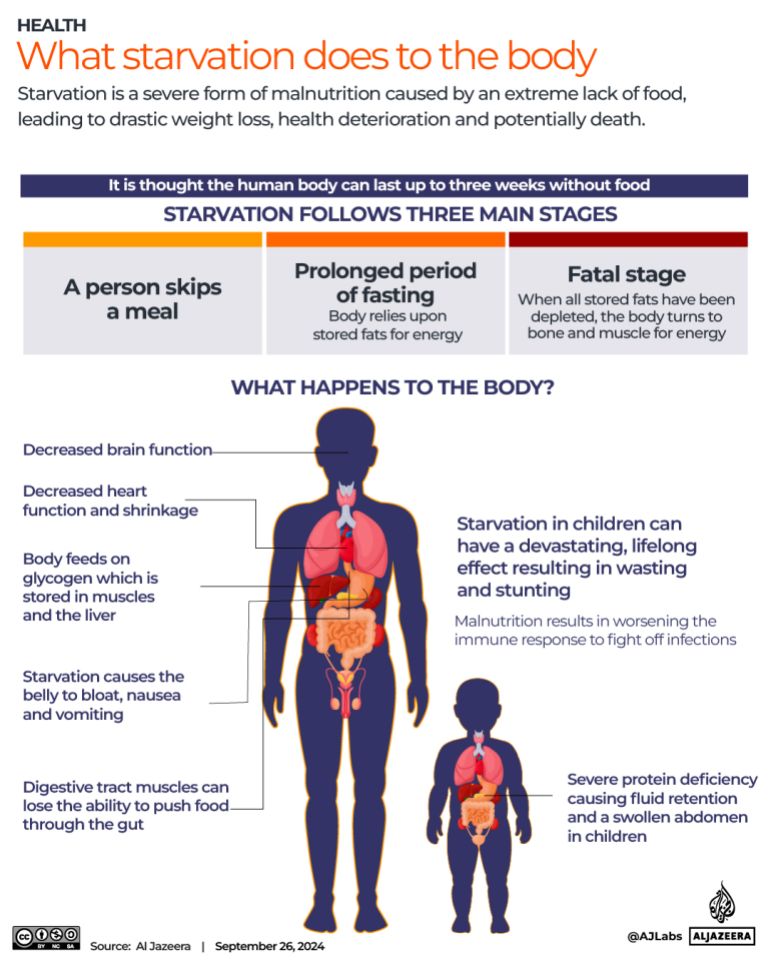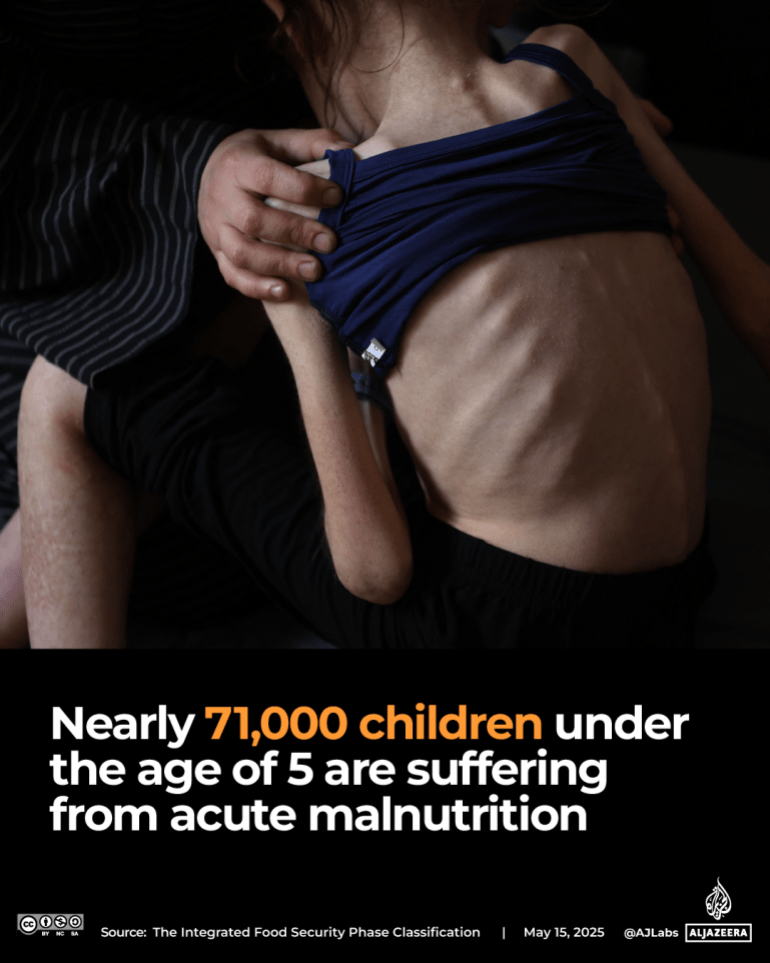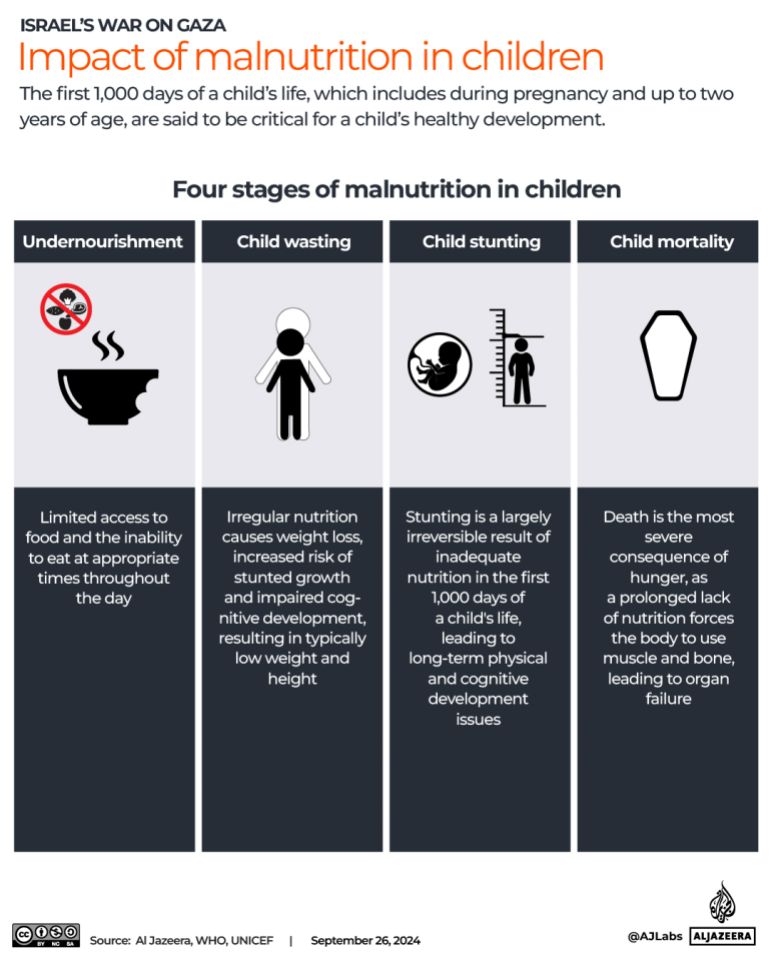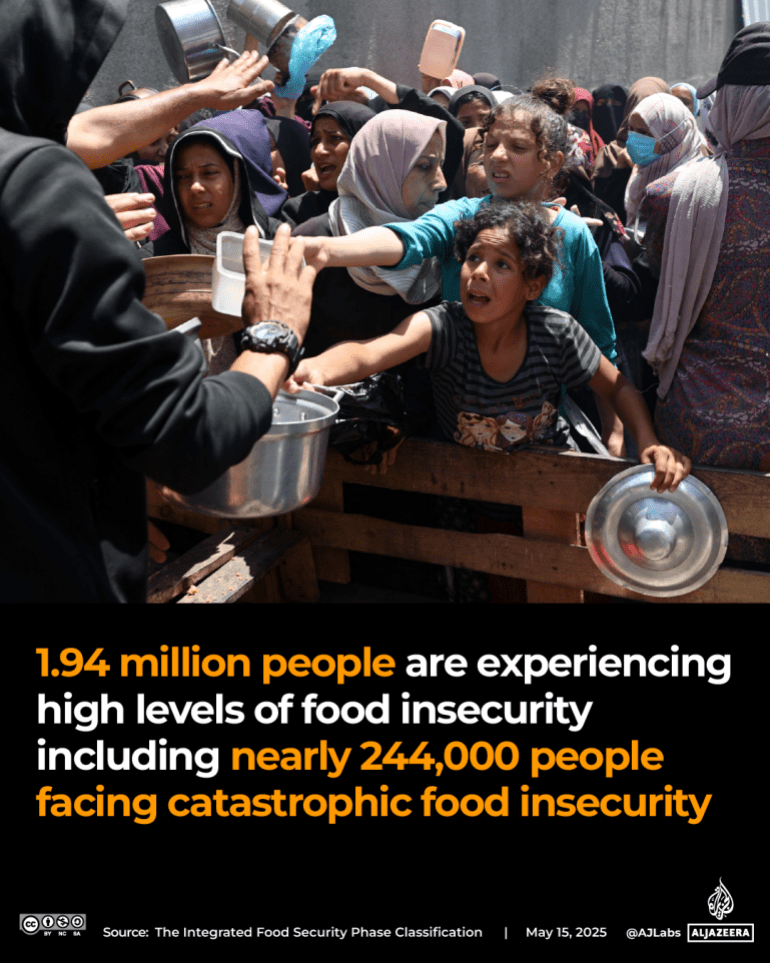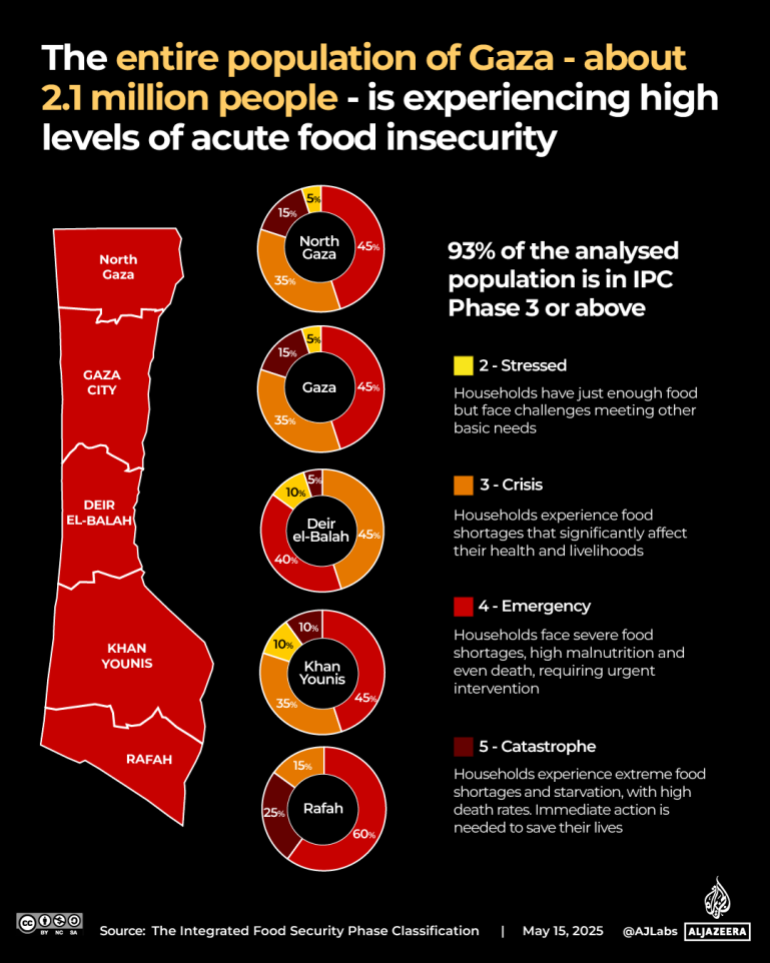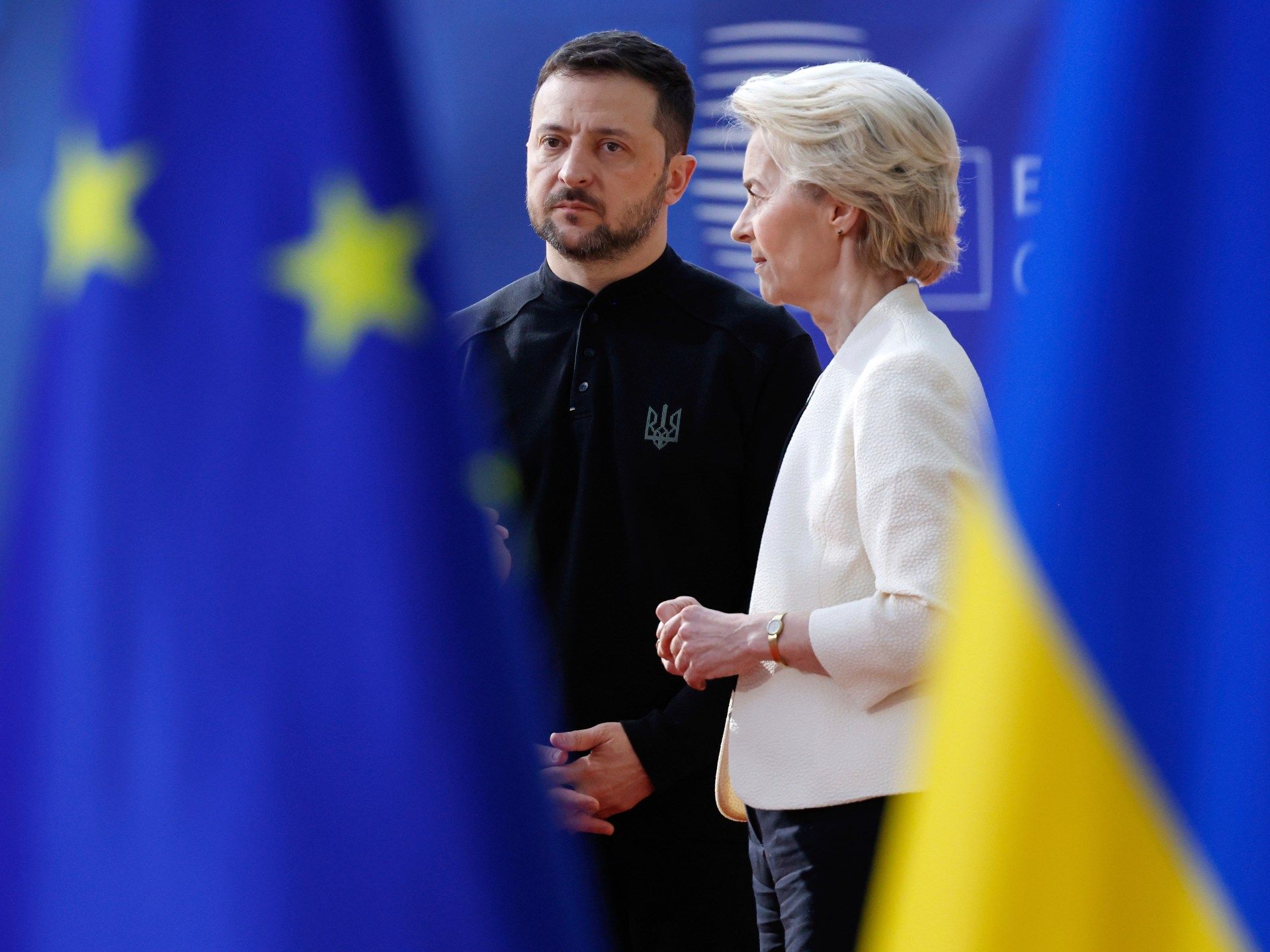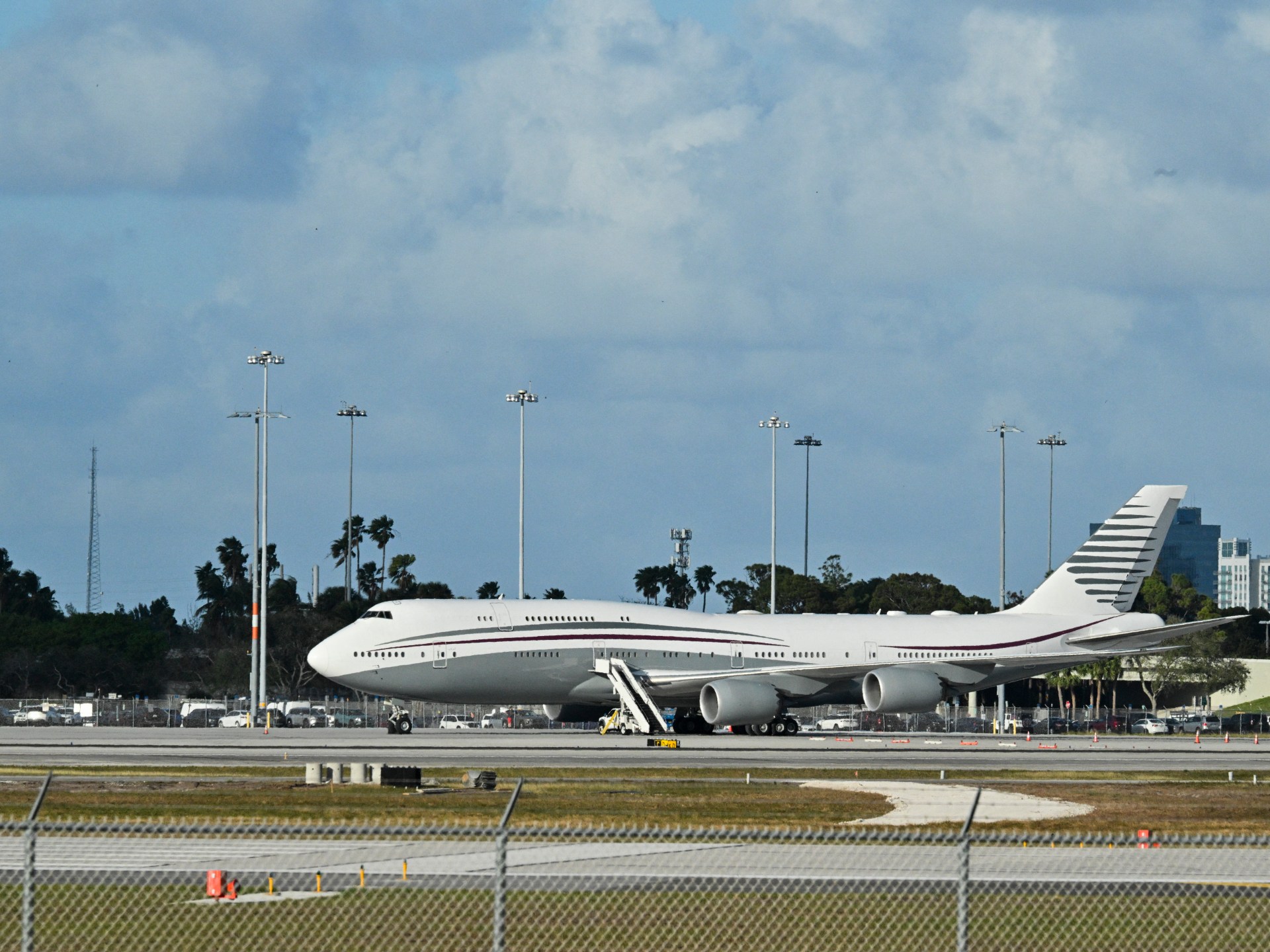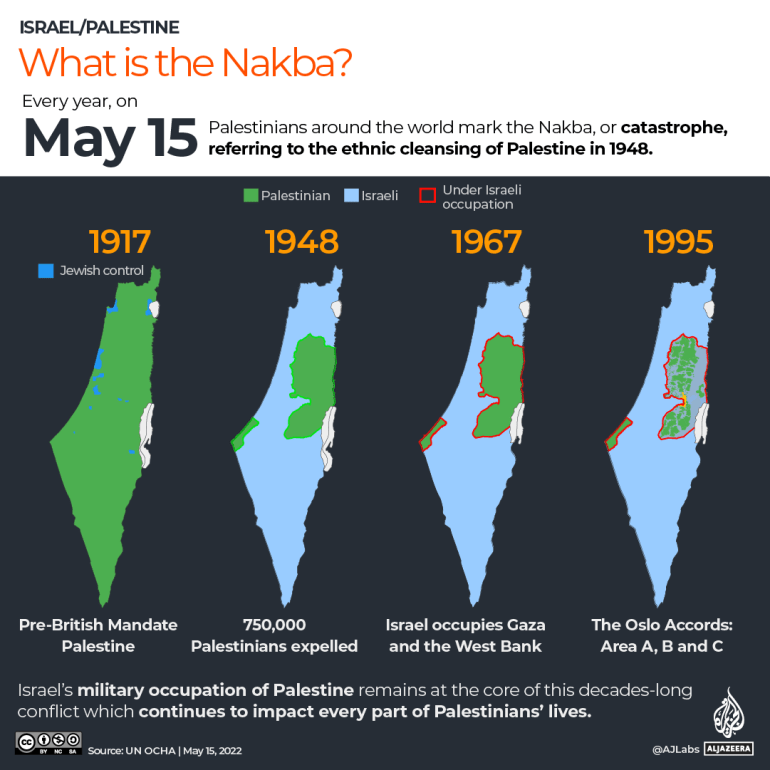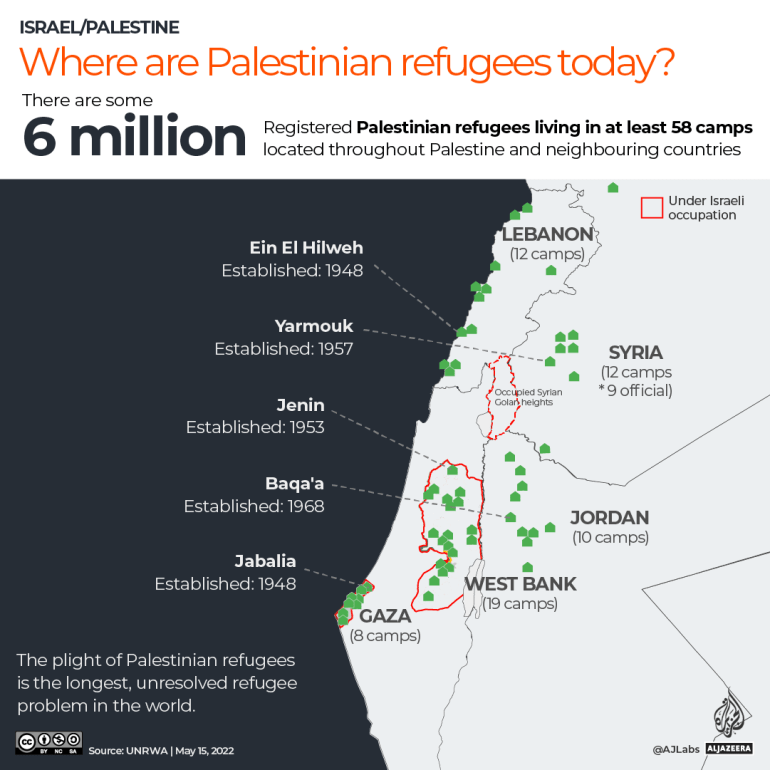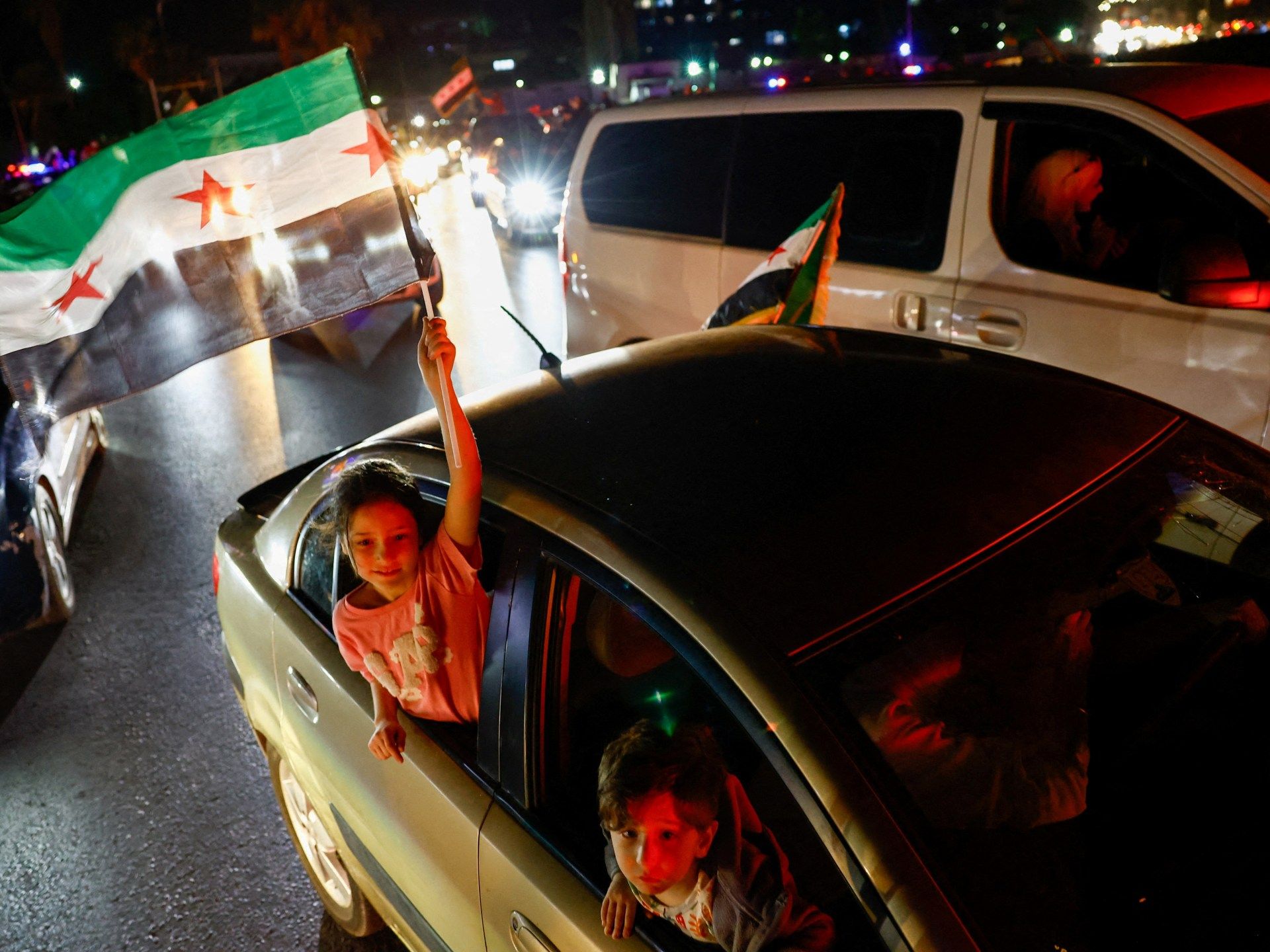From students to tech: How US-China ties are sliding despite tariff truce | Trade War News
US Secretary of State Marco Rubio’s salvo against Chinese students, promising to “aggressively revoke” their visas, is the latest move in heightening tensions between the world’s two largest economies.
Despite a temporary tariff truce reached between them earlier this month, divisions between Washington and Beijing remain wide, with recent ruptures over higher education, artificial intelligence (AI) chips and rare earth minerals.
Here’s all we know about how relations between China and the United States are worsening despite diplomatic efforts.
What did the US and China agree on tariffs?
A US-China trade spat escalated after Trump’s administration raised tariffs on Chinese goods to 145 percent earlier this year, with cumulative US duties on some Chinese goods reaching a staggering 245 percent. China retaliated with 125 percent tariffs of its own on US goods.
Under an agreement reached on May 12 following two days of trade talks in Geneva, tariffs on both sides were dropped by 115 percentage points for 90 days, during which time negotiators hope to secure a longer-term agreement. For now, the US has maintained a 30 percent tariff on all Chinese goods while Beijing has a 10 percent levy on US products.
In the weeks since the temporary reprieve, however, Washington and Beijing appear to have had only limited discussions.
On Thursday, US Treasury secretary Scott Bessent told Fox News that trade talks between the US and China are “a bit stalled”, and may need to be reinvigorated by a call between US President Donald Trump and Chinese leader Xi Jinping.
In the meantime, the Trump administration has announced new, strict visa controls on Chinese university students and told US companies to stop selling their advanced chip software used to design semiconductors to Chinese groups.
Why is the US targeting Chinese students?
On Wednesday, Rubio announced that the US will “aggressively revoke” the visas of Chinese students studying in the country. He also pledged to ramp up scrutiny of new visa applicants from China and Hong Kong.
The Trump administration’s decision to carry out deportations and to revoke student visas is part of wide-ranging efforts to fulfil its hardline immigration agenda.
China is the second-largest country of origin for international students in the US, behind India. Chinese students made up roughly a quarter of all foreign students in the US during the 2023-2024 academic year – more than 270,000 in total.
China’s Ministry of Foreign Affairs criticised the decision to revoke visas, saying it “damaged” the rights of Chinese students. “The US has unreasonably cancelled Chinese students’ visas under the pretext of ideology and national rights,” Foreign Ministry spokesperson Mao Ning said.
The Trump administration also banned Harvard University from enrolling any foreign students on May 22, accusing the institution of “coordinating with the Chinese Communist Party”. That move has since been blocked by a US federal judge.
Still, the largest portion of foreign students at Harvard – almost 1,300 – are Chinese, and many top officials, including the current leader Xi Jinping, have sent their children to the Ivy League school.
How is the US taking aim at Chinese semiconductors?
On May 13, just after the end of trade talks in Geneva, the US Commerce Department issued guidance warning American firms against using Huawei’s Ascend AI semiconductor chips, stating that they “were likely developed or produced in violation of US export controls”.
The move marked the latest in a series of efforts by the Trump administration to stymie China’s ability to develop cutting-edge AI chips. The tiny semiconductors, which power AI systems, have long been a source of tension between the US and China.
China’s Commerce Ministry spokesperson fired back against the guidance last week, accusing Washington of “undermining” the consensus reached in Geneva and describing the measures as “typical unilateral bullying and protectionism”.
Then, on May 28, the US government ramped up the row by ordering US companies which make software used to design semiconductors to stop selling their goods and services to Chinese groups, The Financial Times reported.
Design automation software makers, including Cadence, Synopsys and Siemens EDA, were told via letters from the US Commerce Department to stop supplying their technology to China.
Why is the US targeting Chinese semiconductors?
The US has been tightening its export controls on semiconductors for more than a decade, contending that China has used US computer chips to improve military hardware and software.
Chinese officials and industry executives deny this and contend that the US is trying to limit China’s economic and technological development.
In his first term as president, Trump banned China’s Huawei from using advanced US circuit boards.
Huawei is seen as a competitor to Nvidia, the US semiconductor giant which produces its own-brand of “Ascend” AI chips. In April, Washington restricted the export of Nvidia’s AI chips to China.
But Nvidia’s chief executive, Jensen Huang, recently warned that attempts to hamstring China’s AI technology through export controls had largely failed.
How could China be affected by US measures?
The suspension of semiconductor sales will limit supplies for aerospace equipment needed for China’s commercial aircraft, the C919, a signature project in China’s push towards economic and transport self-reliance.
Christopher Johnson, a former CIA China analyst, told The Financial Times that this week’s new export controls underscored the “innate fragility of the tariff truce reached in Geneva”.
“With both sides wanting to retain and continue demonstrating the potency of their respective chokehold capabilities, the risk the ceasefire could unravel even within the 90-day pause is omnipresent,” he added.
Will China ease restrictions on rare earth minerals exports?
US officials had expected the Geneva talks to result in China easing its export restrictions on rare earth elements. So far, there have been few signs of that, however.
Rare earth minerals are a group of precious minerals required to manufacture a wide range of goods in the defence, healthcare and technology sectors.
Rare earth metals, which include scandium and yttrium, are also key for producing components in capacitors – electrical parts which help power AI servers and smartphones.
China processes some 90 percent of the world’s rare earth minerals and instituted export controls in April to counter Trump’s “Liberation Day” tariffs in April, triggering alarm among US companies.
Last week, for instance, Ford temporarily closed a factory in Chicago which makes utility vehicles after one of its suppliers ran out of a specialised rare earth magnet.
In most new cars, especially elevate vehicles (cars with robotic technology allowing them to “climb” over obstacles), these high-tech magnets are used in parts which operate brake and steering systems, and power seats and fuel injectors.
The restrictions on the supply of rare earth minerals provide Beijing with a strategic advantage in future negotiations, as it can limit supplies of crucial technologies for US industry.
